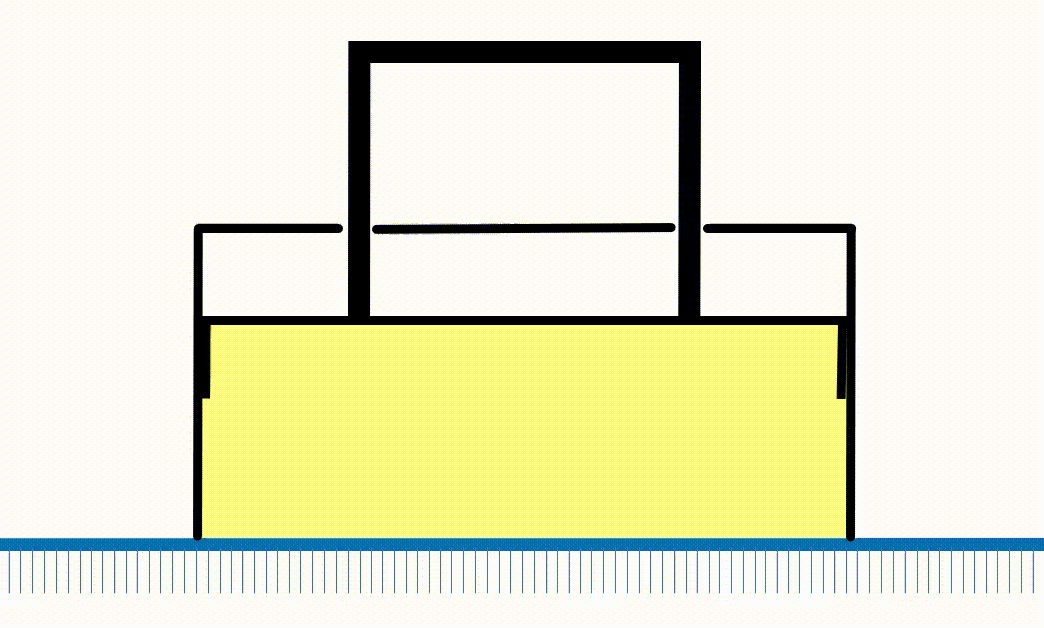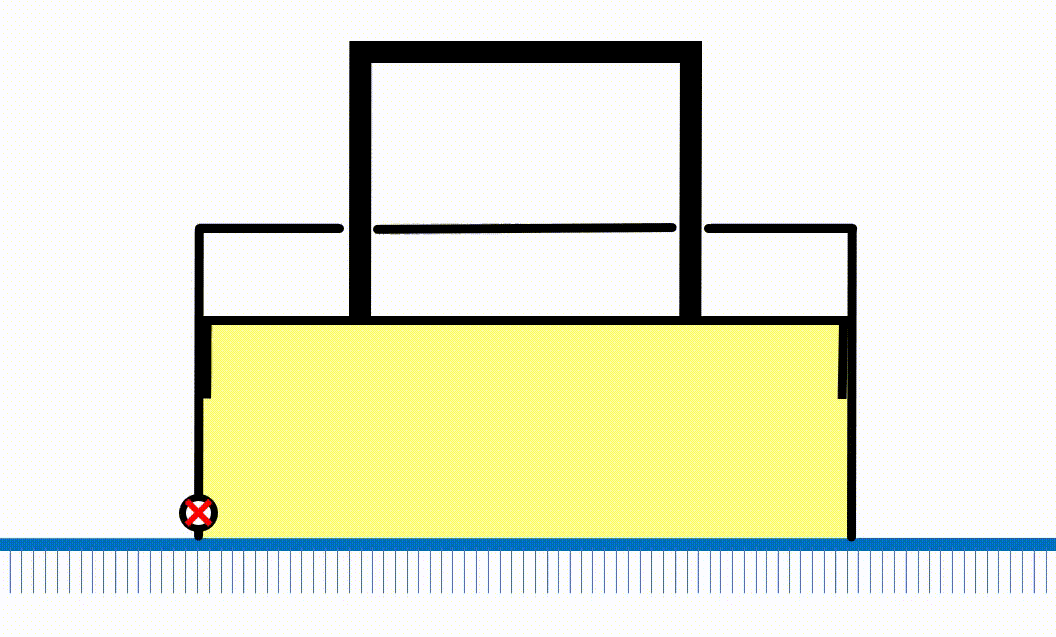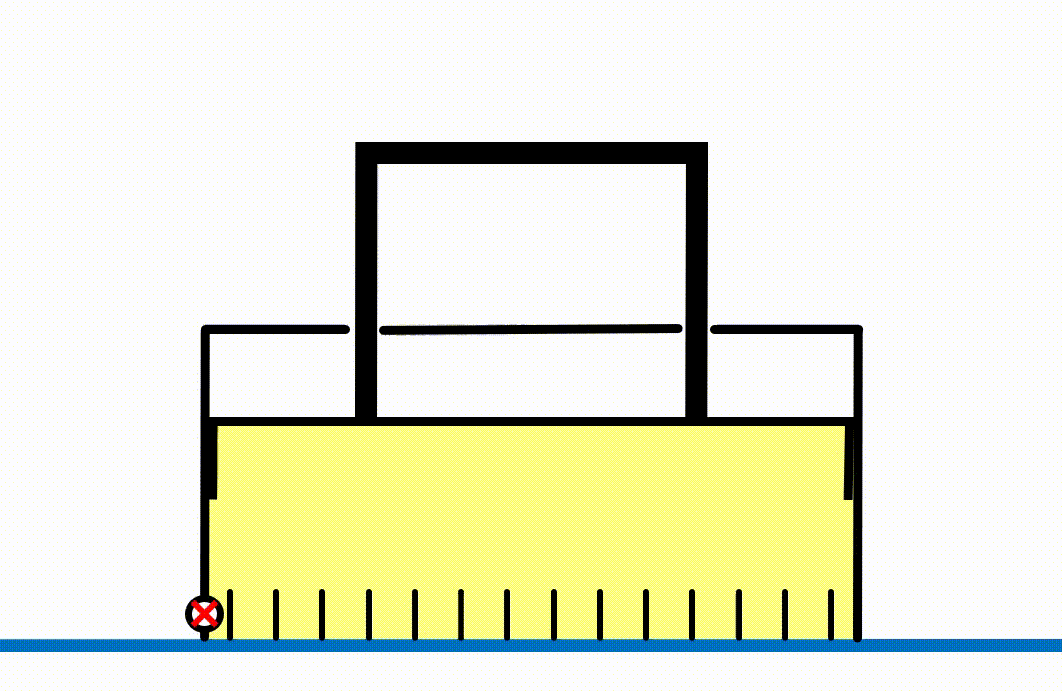Intellectual Property
For the invention of this portable ozone disinfection system utilizing UV-C, the international application WO2024/094712A1 published on May 10, 2024 is accessible from databases such as Google patents, Espacenet or Patentscope, where it is feasible to translate the text into various languages. The international search report indicates that all 11 claims present a character of novelty, inventive step, and possibility of industrial application. The report does not identify any prior art documents of particular relevance.
Download the international publication WO2024/094712A1
This international patent extension procedure (PCT) is taking profit from priority of the initial filing application FR2211491 (November 4, 2022) published on August 18, 2023 with reference FR3132639A1.
Download patent application publication FR3132639A1 (in French)
1ventive does not plan to use this invention directly and is open to transferring the technology by assigning all intellectual property rights : patent applications FR3132639A1 and WO2024/094712A1, and the possible abroad extensions (contact).
Principle
The germicidal properties of UV-C make it possible to sanitize a surface by direct exposure with this portable disinfection system. At certain wavelengths, these UV-C also produce ozone, a gas with disinfecting, insecticidal and deodorizing properties. The portable system uses this feature by pushing the air enriched with ozone towards the area to be treated. This allows for a “deep” treatment of the surface, especially with fibrous or porous materials.
UV-C rays are effective against a wide range of pathogenic microorganisms, but they also have the disadvantage of damaging living tissues. It is therefore essential to prevent parts of the human body from being exposed to this radiation, which is harmful to the skin and eyes. Therefore, the adopted solution involves carrying out the UV-C operation within a closed enclosure.
This principle requires the utilization of a radiation enclosure to be pressed against the surface to be treated. Using a slider mechanism, an opening situated at the base of the enclosure allows the air enriched with ozone to flow towards the surface, thereby exposing the superficial portion of the surface to UV-C.

Like UV-C, at certain concentrations ozone can cause problems for living beings. Nevertheless, it should be noted that as soon as the portable disinfection system is moved or lifted from the surface to be treated, the air enriched with a certain level of ozone in the space formed between the slider and the surface is no longer confined and can therefore extend into a much larger volume, thus significantly reducing its concentration in the ambient air where it will quickly disappear (see next section: ozone). However, the operator is still advised to behave with caution, to protect himself, and to work in a ventilated environment.
It is therefore enough to place the portable unit above the area to be treated, and as soon as the internal air is considered sufficiently enriched with ozone, the user press on the handle which, like a piston, push the ozonated air into the interstices of the surface :
A spring-type return mechanism is used to control the upward movement of the slider in the system. A valve, which is locked when the enclosure is over pressured, permits air to flow through during the ascent of the slider, thereby preventing the suction of air enriched with ozone that has been previously “injected into the depth” of the surface.

In case it turns out that the effectiveness of the treatment increases with temperature, it would be wise to use the valve to introduce hot air which the system will enrich with ozone, or to place heating resistors in the enclosure.
Ozone (characteristics, generation, constraints)
The use of ozone is a well-known method of disinfection and treatment of bad odors. Ozone is a very effective germicide against bacteria and viruses, but it is a gas that can penetrate the thickness of the surface not directly exposed to UV-C (for example, porous or fibrous materials). Ozone also can neutralize organic compounds, sources of bad odors, and therefore act as a deodorization agent.
It is possible to enrich the ambient air with ozone generated by UV-C radiation at a wavelength of 185 nm. The oxygen molecules (O2) are split by the radiation to recombine into O3 molecules (ozone). This ozone is unstable and is quickly transformed back into oxygen (O2).
UV-C sources
Several on/off operations can cause deterioration in the performance of some UV-C sources. It is better to use a mechanical cover to stop UV-C from spreading instead of turning off the source when the portable device is lifted. It is possible to use a mechanism for closing the opening of the base of the device consisting of flaps capable of tilting quickly.

The complete extinction of UV-C radiation is still possible during voluntary shutdowns or in case of emergency.
Contact detectors
For safety reasons, UV-C generation is carried out in a closed enclosure. Sensors are placed around the device (typically at the four corners) to verify that the system is entirely in close contact with the surface. Otherwise, it is necessary to turn off the UV-C source because the radiation could spread outside the device.
Indicators
Audible or visual indicators (LEDs) inform the user during the device operations :
- possible lowering of the slider because the ozone level in the enclosure is considered sufficient
- alert because the slider has not been lowered despite the previous indication,
- possible rise of the slider because the ozone-enriched air has been evacuated,
- alert because the slider has not been raised despite the previous indication,
- …
Summary of benefits
- Small footprint portable surface disinfection system,
- Treatment without the use of chemical liquids,
- Reduction of health hazard (the system is pressed against the surface to be treated, preventing the propagation of UV-C radiation outside the enclosure),
- External treatment of the surface by direct exposure to UV-C, and in depth (porous or fibrous materials) by generation of ozone-enriched air (disinfection and deodorization),
- Minimization of the number of on/off cycles (mechanical cover) to avoid affecting too much the operation of certain UV-C sources,
- Possibility of using air with certain characteristics, for example high temperature for better treatment efficiency,
- The utilization of a pipe fixed in the mouthpiece of the device enables the disinsectization of small spaces, enabling the escape of pressurized ozonized air through the pipe.
Usage example (non-exhaustive list)
Such a portable disinfection system is useful in the medical and hospital environment, as well as in the hotel sector, but also in frequented places (dormitories, sports halls, etc.) or at home :
- Disinfecting certain areas of porous flooring, such as parquet floors, rugs, tatamis, fitted carpets and the like,
- Deodorization of localized spots after pets urinate/defecate or because of traces of humidity,
- Deodorization and disinfection of beds, stretchers, mattresses, cushions, armchairs, …
- Anti-insect treatment administered through the holes of an infected material,
- …

